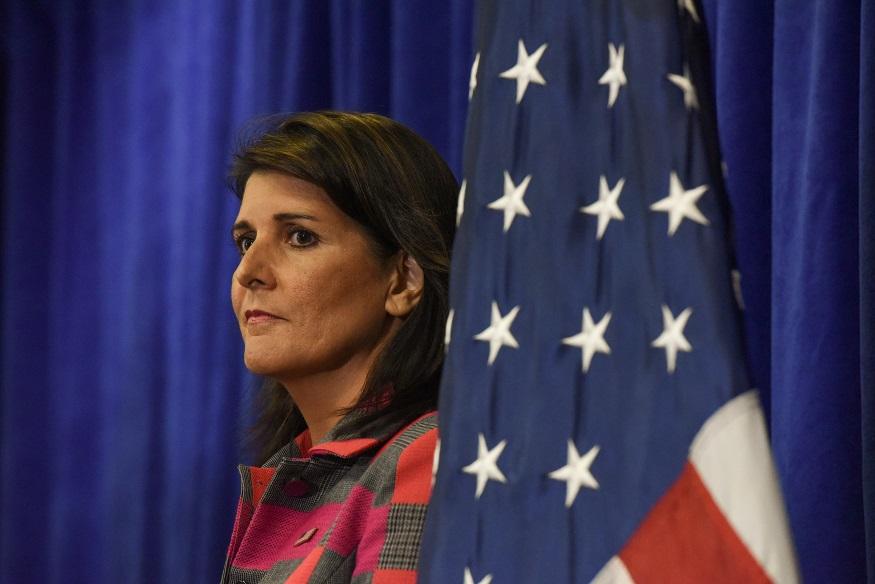For the first time since the dawn of civilization, half of the world is now middle class or wealthier, according to a new study from the Brookings Institution.
“For the first time ever, the poor and vulnerable will no longer be a majority in the world,” the report states. “Barring some unfortunate global economic setback, this marks the start of a new era of a middle-class majority.”





